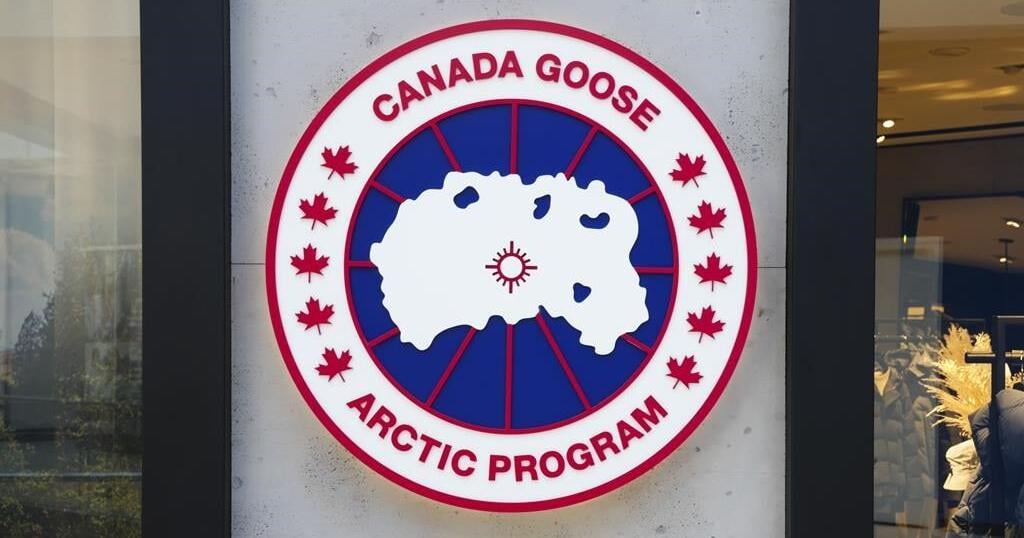Oil prices nosedived alongside the broader market on Tuesday, with U.S. crude dipping to the psychologically important level of $100/bbl as growing recession fears coupled with concerns over weakening demand outweigh a fundamentally tight supply market. WTI crude tumbled 8.2% to $99.50/bbl, the lowest since April 25 and the first close below the $100/bbl level in more than a month. At one point, WTI crumbled more than 10% to trade as low as $97.43. Meanwhile, front-month Brent crude fell by even more, losing 9.4% to $102.77/bbl, its lowest settlement since May 10.
“A growing number of analysts are expecting that many of the world’s leading economies will suffer negative growth in the next few months, and this will drag the U.S. into a recession,” Fawad Razaqzada, market analyst at City Index, has told Bloomberg.
“In the very near term, the Dow & S&P will have a major factor on crude direction as recession fears remain,” BOK Financial‘s Dennis Kissler has told Bloomberg. He has also voiced concerns that fuel demand could “drop significantly now that the 4th of July holiday is behind us.“
A brawny dollar has also not been helping oil and commodity prices as the leading currency continues to be the world’s preferred safe haven during these turbulent times.
“Capital flooding into U.S. dollars, which has sent [the dollar] soaring… appears to be putting a headwind in front of commodity prices,” Colin Cieszynski, chief market strategist at SIA Wealth Management, has told MarketWatch.
Not surprisingly, energy stocks are getting hammered in the latest selloff, with Halliburton Company (NYSE: HAL) -8.1%, APA Corporation (NASDAQ: APA) -7.4%, ConocoPhillips (NYSE: COP) -6.9%, and Hess Corp. (NYSE: HES) -6.8% the biggest decliners.
Citi analysts have warned that crude prices could collapse to $65/bbl this year in the event of a recession. The experts say that oil prices could plunge even lower to $45 in another year as supplies hold up, but a global economic slowdown causes demand to decline.
Luckily for the bulls, the bank has placed a mere 10% probability on this outcome.
Still, Citi clearly belongs to the bear camp and has assigned a 50% likelihood that Brent crude will drop to $85/bbl by the end of 2022.
Limited downside
Indeed, bullish sentiment in the oil markets remains strong despite the latest correction, with many analysts saying the downside for crude should remain capped by tight supplies.
“While there are demand concerns given the gloomier macro outlook, the market is still expected to be tight for the remainder of the year. OPEC+ producers have limited room to increase output significantly, and so are unable to provide much relief to the market,” says ING head of commodity strategy Warren Patterson.
Related: China Continues To Buy Record Levels Of Russian Crude
Although the oil price rally appears to have stalled over the past month, thus capping further gains for the energy sector, a cross-section of Wall Street believes that oil prices still have plenty of upside. One such bull is J.P. Morgan Chase, who last week warned global oil prices could climb to a “stratospheric” $380/bbl if G7 nations succeed in imposing caps on the price of Russian oil and prompt Vladimir Putin to inflict retaliatory production cuts.
According to JPM, Russia’s robust fiscal position means the country can afford to slash crude output by as much as 5M bbl/day without excessively damaging its economy. However, such a drastic reduction would be bad news for oil consumers as it would push Brent crude prices to $380/bbl.
“The most obvious and likely risk with a price cap is that Russia might choose not to participate and instead retaliate by reducing exports,” “It is likely that the government could retaliate by cutting output as a way to inflict pain on the West. The tightness of the global oil market is on Russia’s side,“JPM analysts wrote.
Smart investors appear to agree: three energy gurus led by Warren Buffett himself have chosen to follow the Oracle’s time-tested market wisdom of being fearful when others are greedy, and greedy when others are fearful. Over the last few weeks, Buffett, Jerry Jones and Harold Hamm–three of the richest and most successful businessmen in the U.S.– have doubled down on their oil and gas bets, using the selloff as a buying opportunity.
Between June 17 and June 22, Buffett bought 9 million shares of Occidental Petroleum (NYSE:OXY) for around $56 per share, which compares favorably with his previous purchase of OXY in the $50-58 range. In effect, Buffett now owns 25% of OXY, counting his warrants and total shares purchased. The Oracle of Omaha also owns a $20-billion stake in Chevron Corp. (NYSE:CVX). Warren Buffett is ranked the world’s 7th richest person with a net worth of $96.9B. Unfortunately, Buffet has seen his net worth shrink by $13.4B in the year-to-date, mainly due to the poor performance of his other U.S. stock investments thanks to a wide market selloff.
Several weeks ago, the Wall Street Journal featured Dallas Cowboys owner Jerry Jones in a story detailing how the billionaire grew his $1.1B investment in natural gas producer Comstock Resources Inc. (NYSE:CRK) into $2.7B. Interestingly, Jones bought control of Comstock Resources at the depths of the gas bust before natural gas prices made a dramatic U-turn. Jerry Jones is #182 on the Bloomberg Billionaires Index with a net worth of $10.7B, marking a nearly 15% increase.
Meanwhile, Harold Hamm, majority owner of shale exploration giant Continental Resources (NYSE:CLR), has gone on an all-out war to buy back the company’s minority stake. Earlier this month, Hamm offered to buy the remainder of the shale driller he and his family don’t already own for $4.3 billion, or $70/share, claiming that his company is grossly undervalued. The Hamm Family collectively owns 83% of the total outstanding shares of common stock.
By Alex Kimani for Oilprice.com
More Top Reads From Oilprice.com:




























